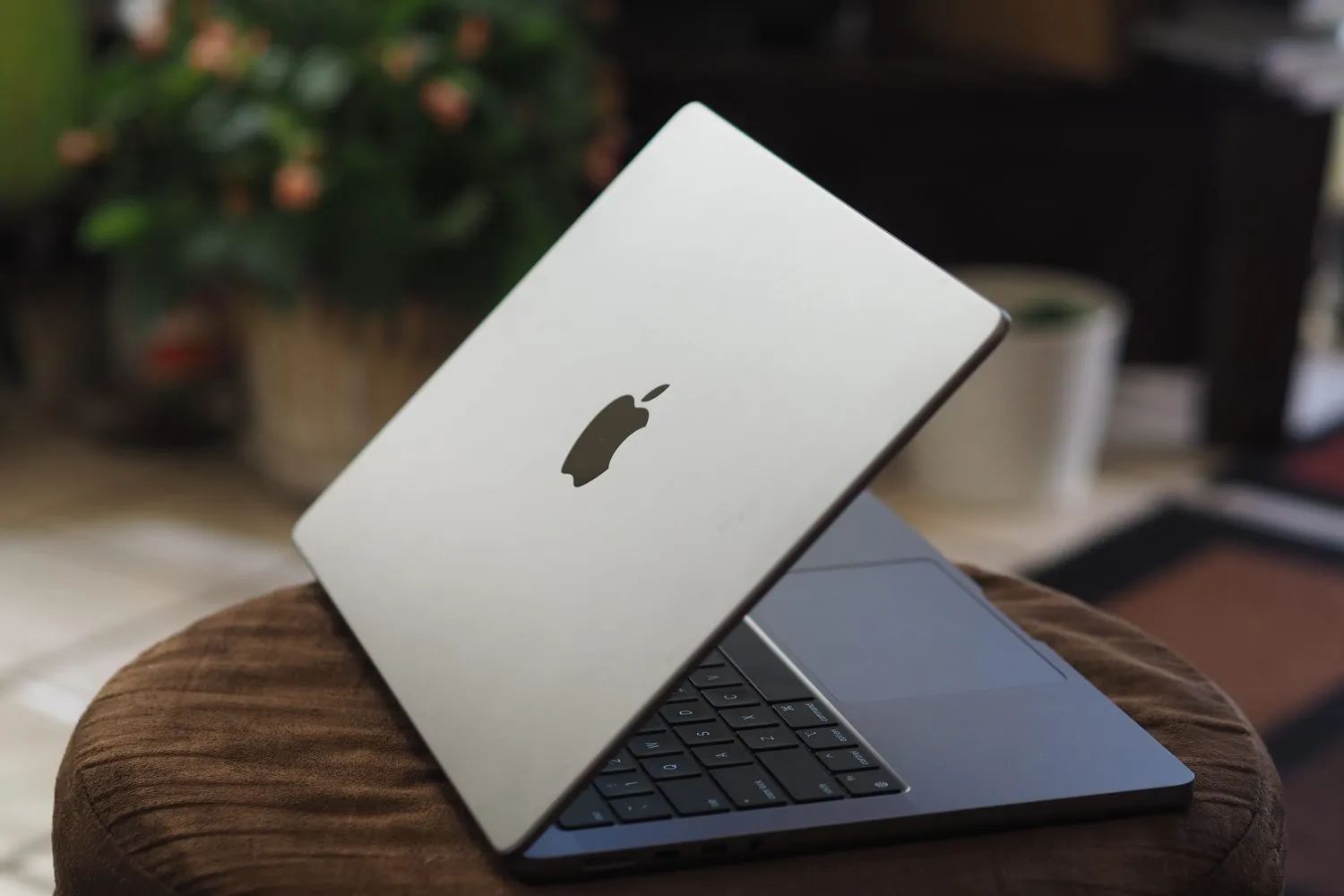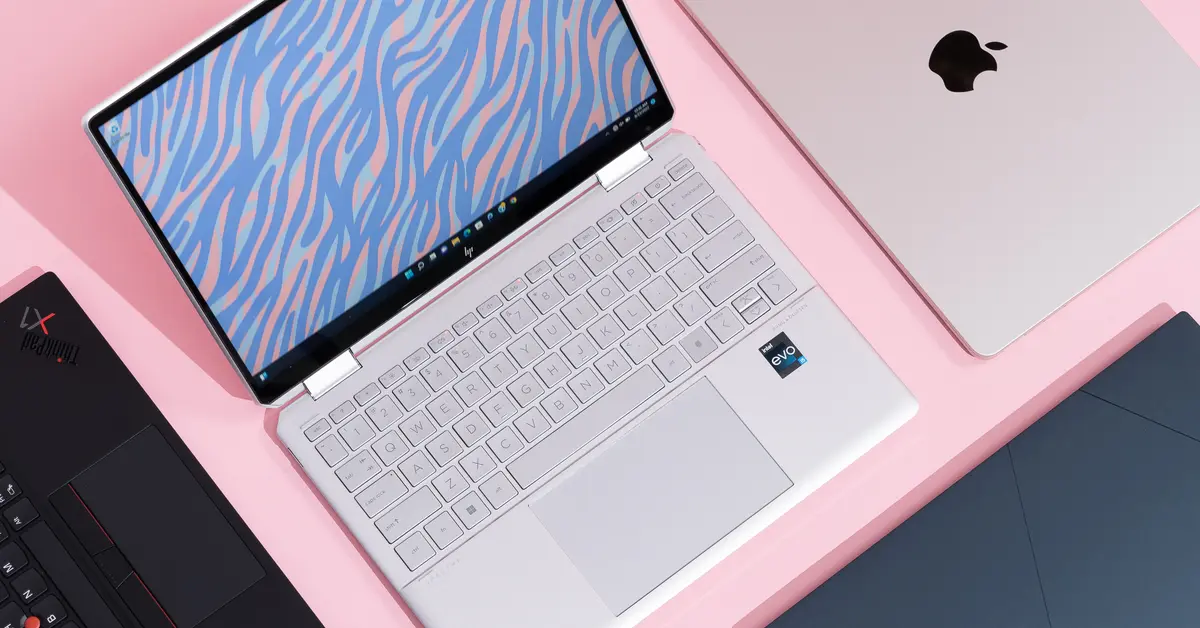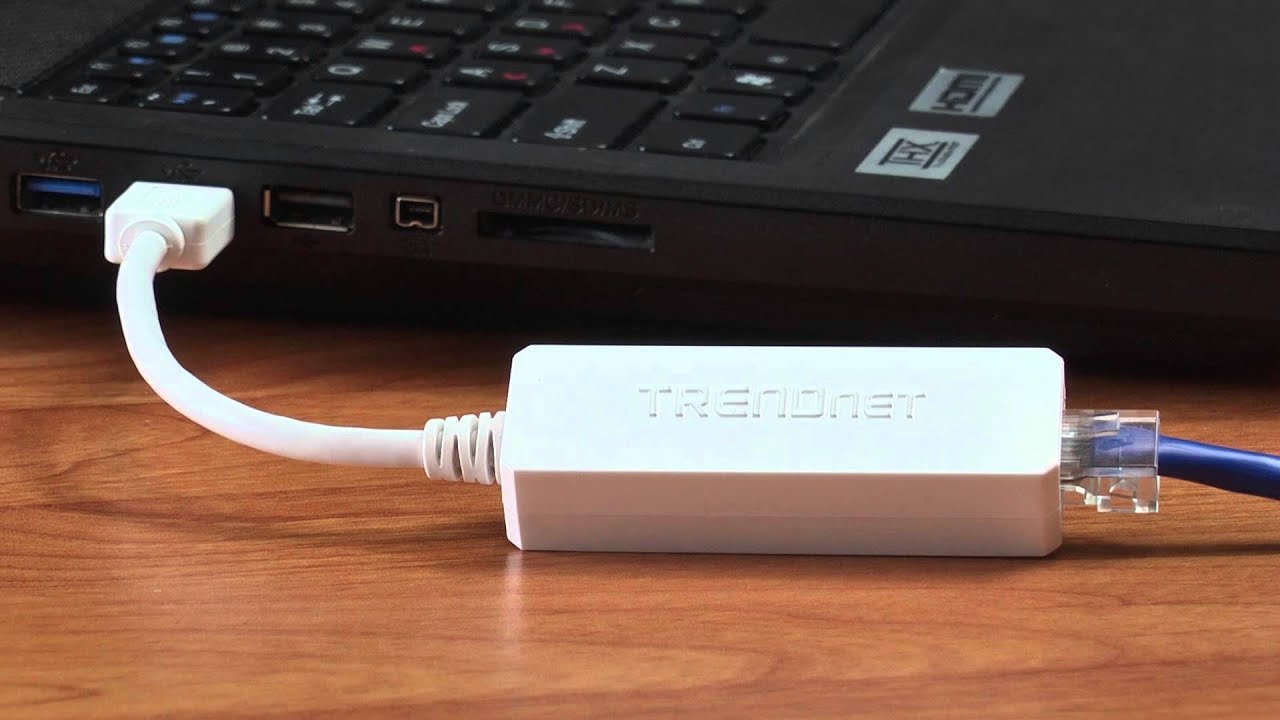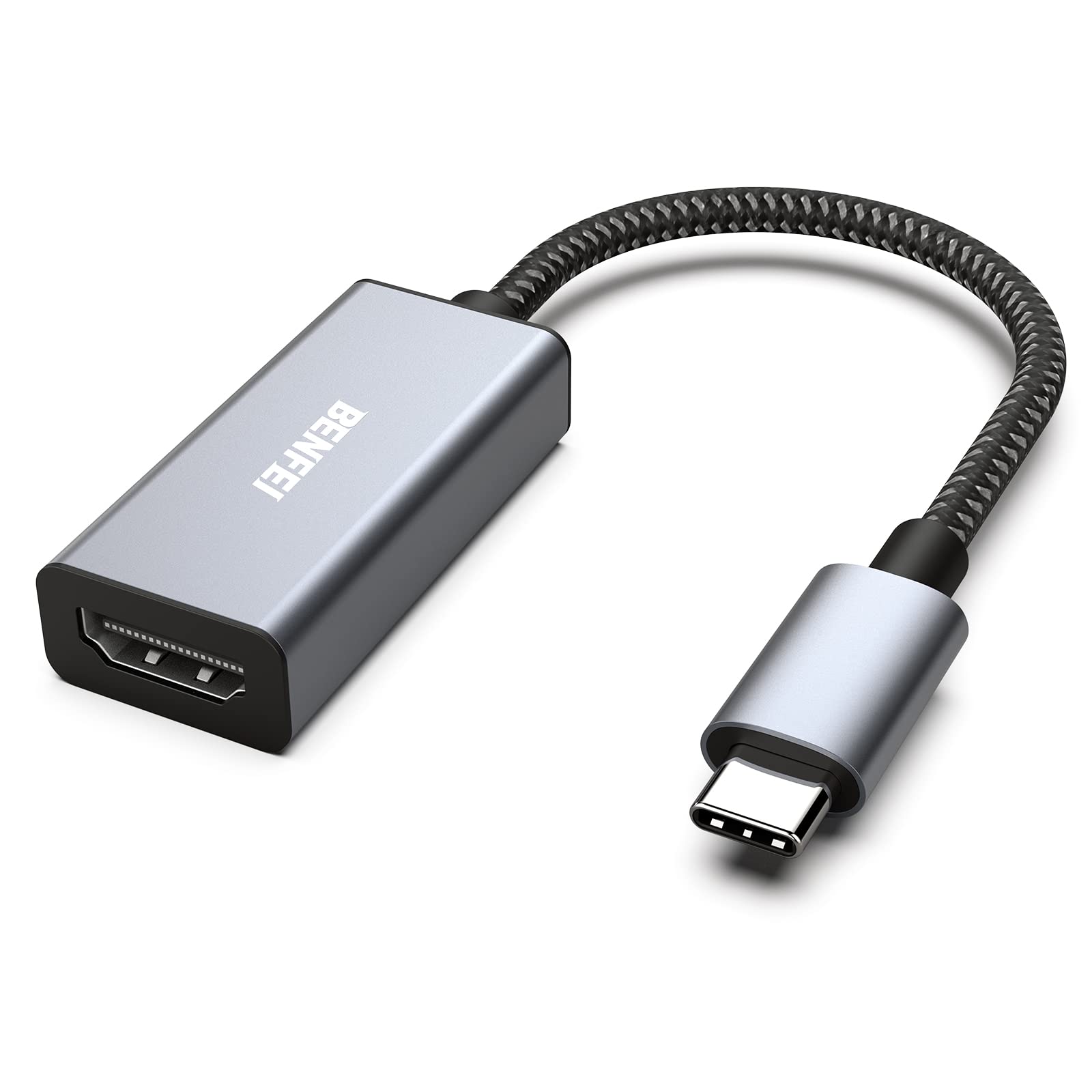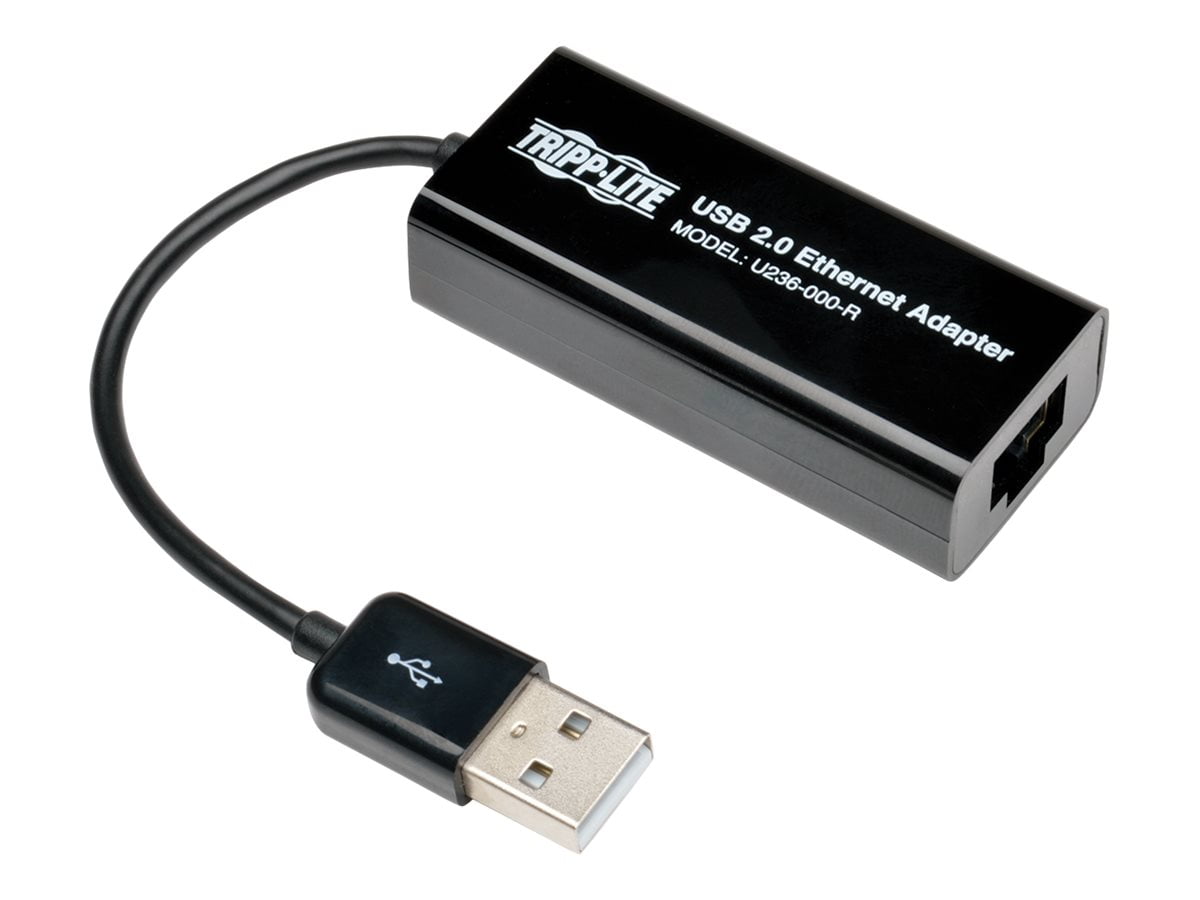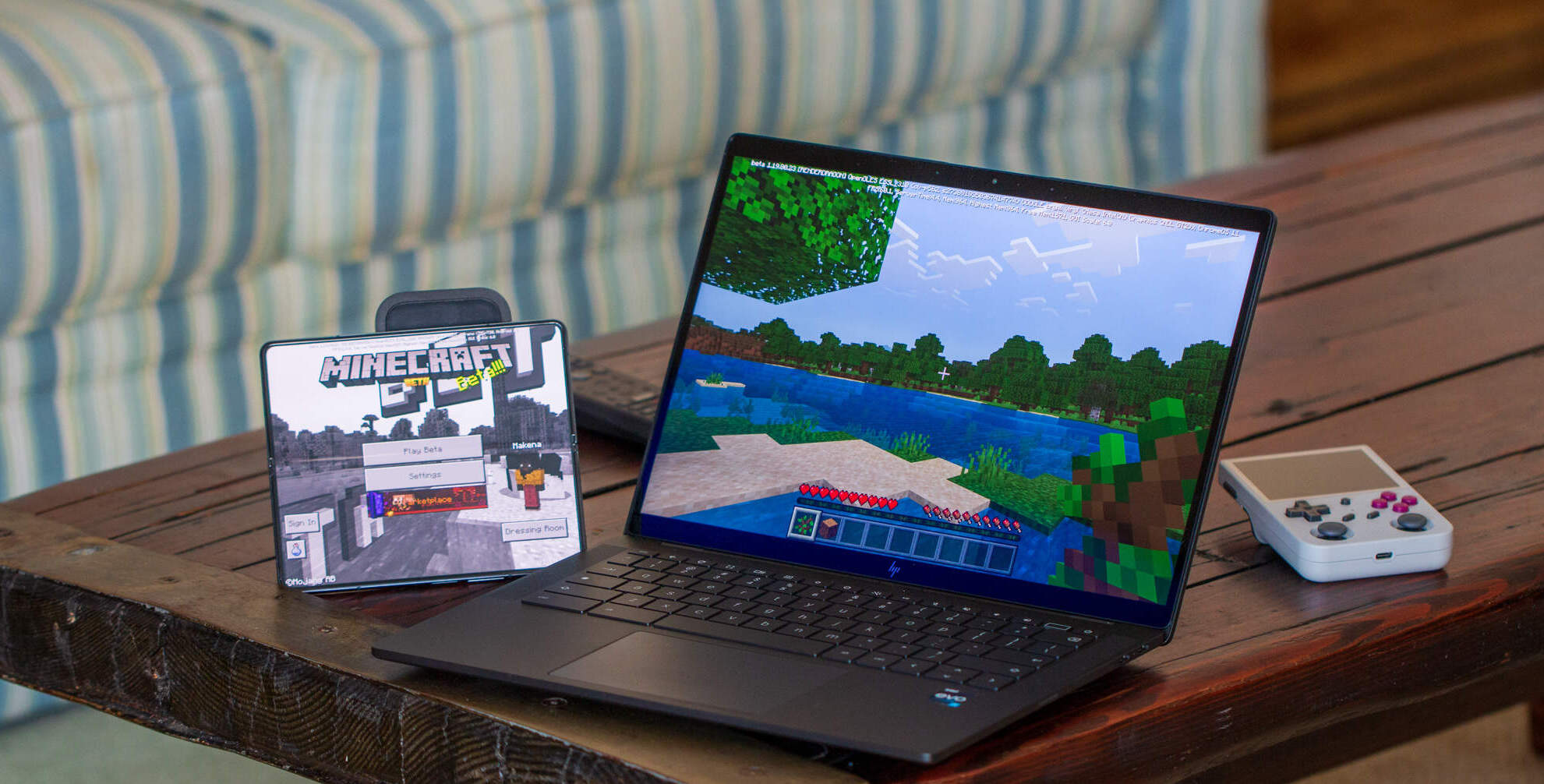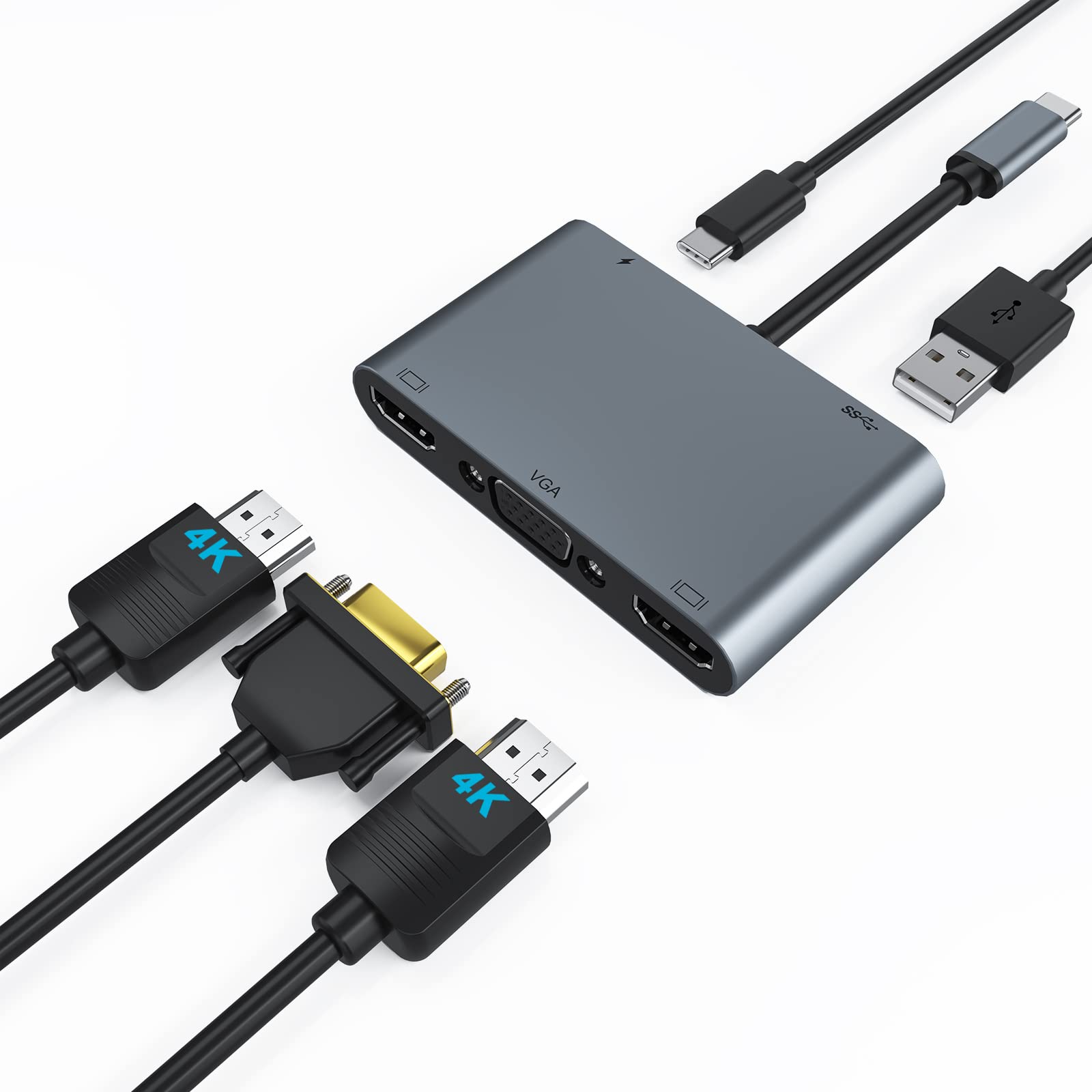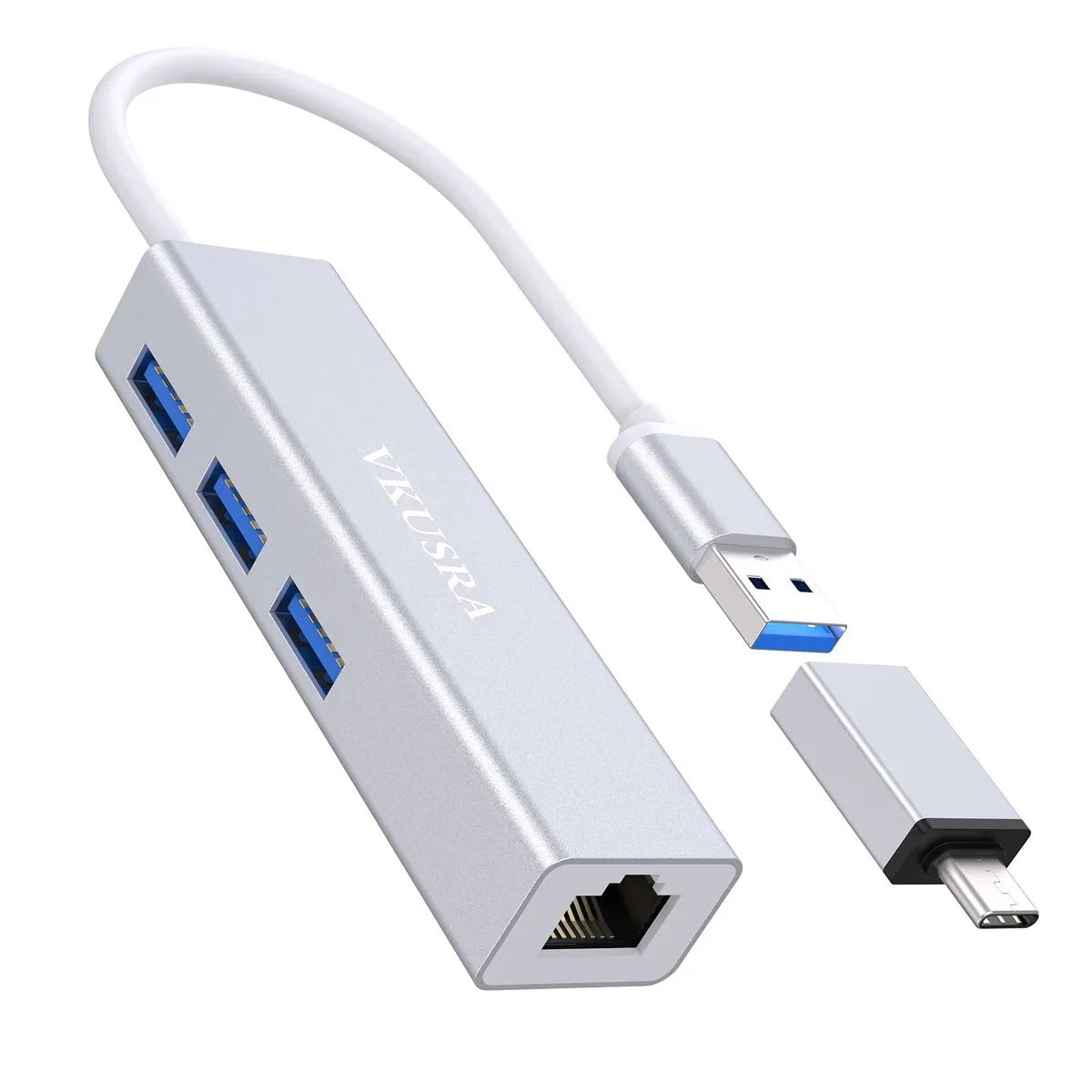Introduction
Welcome to the world of gaming on a Mac! While Mac computers are typically associated with creative work, they can also be transformed into formidable gaming machines with the right tweaks and optimizations. Whether you’re a casual gamer or a dedicated enthusiast, with a few adjustments, you can unlock the full potential of your Mac for an immersive gaming experience.
Gaming on a Mac offers a unique combination of sleek design and powerful performance. The macOS ecosystem provides a stable and secure platform for gaming, and the availability of a wide range of games on the App Store adds to the convenience. However, Macs are not specifically optimized for gaming, and their hardware may not always meet the requirements of resource-intensive games. Nevertheless, with the right guidance, you can enhance your Mac’s capabilities and enjoy a wide variety of gaming experiences.
In this guide, we will explore various methods to optimize your Mac for gaming and transform it into a capable gaming laptop. We’ll delve into hardware upgrades, software optimizations, and additional accessories that can enhance your gaming experience. Whether you’re a casual gamer looking to enjoy games in your free time or a passionate gamer seeking intense and immersive gameplay, this guide will provide you with the necessary steps to get the most out of your Mac.
Keep in mind that while these methods can significantly improve your Mac’s gaming performance, they may not be able to match the performance of dedicated gaming PCs. Nonetheless, by implementing the tips and techniques discussed in this guide, you can maximize your Mac’s potential and explore a vast library of games.
Now that we’ve laid the groundwork, let’s dive into the details of choosing the right Mac for gaming and upgrading its hardware to unleash its gaming prowess.
Choosing the Right Mac for Gaming
When it comes to gaming on a Mac, selecting the right model is crucial. While all Macs are capable of running games to some extent, more powerful hardware will provide a smoother and more enjoyable gaming experience. Here are a few key factors to consider when choosing a Mac for gaming:
- Processor: The processor is the heart of your Mac’s performance. Look for models with higher clock speeds and multiple cores, as they can handle resource-intensive games more efficiently.
- Graphics: A dedicated graphics card is essential for gaming. Integrated graphics found in some Mac models may not provide optimal gaming performance. Look for Macs with discrete graphics cards for better visuals and smoother gameplay.
- RAM: Random Access Memory (RAM) plays a crucial role in gaming. The more RAM your Mac has, the better it can handle multitasking and run games smoothly. Aim for at least 8GB of RAM, but if your budget allows, opt for 16GB or more for an optimal gaming experience.
- Storage: Game files can take up a significant amount of space. Consider a Mac with ample storage, preferably solid-state drives (SSD) for faster load times. Having enough storage capacity will prevent you from constantly needing to uninstall and reinstall games.
- Screen Size and Resolution: A larger screen size and higher resolution will enhance your gaming experience. MacBooks are available in various sizes, so choose one that suits your preferences.
- Budget: Your budget will ultimately determine the Mac model you can afford. Higher-end models may provide better gaming performance, but they come with a higher price tag. Assess your budget and strike a balance between performance and cost.
Once you consider these factors and make an informed decision on the right Mac model, you’ll be ready to take the next step in transforming your Mac into a gaming powerhouse. In the next section, we will explore how to upgrade your Mac’s hardware to further enhance its gaming capabilities.
Upgrading Your Mac’s Hardware
If your current Mac doesn’t meet the hardware requirements for the games you want to play, fear not! Upgrading your Mac’s hardware can significantly improve its gaming performance. Here are a few key components you can consider upgrading:
- RAM: Adding more RAM to your Mac can boost its multitasking capabilities and improve game performance. Check your Mac’s specifications to determine the maximum amount of RAM it can support, and upgrade accordingly. Opt for high-quality, compatible RAM modules for optimal performance.
- Storage: If your Mac still uses a traditional hard drive, consider upgrading to a solid-state drive (SSD). SSDs offer faster read and write speeds, which can significantly reduce game load times and improve overall system performance.
- Graphics Card: While graphics card upgrades are more common for PCs, some Mac desktop models, such as the Mac Pro, allow for graphics card upgrades. Research compatible graphics cards and consider upgrading to a more powerful one for enhanced gaming visuals and performance.
- External GPU: If your Mac has Thunderbolt 3 ports, you can take advantage of an external GPU (eGPU) enclosure. This allows you to connect a high-performance graphics card externally, providing a significant boost in gaming performance.
- Battery: If you primarily game on a MacBook, it’s essential to ensure your battery is in good condition. Over time, batteries degrade, resulting in shorter battery life and reduced performance. If needed, consider replacing the battery to maintain optimal gaming performance while playing on the go.
Before upgrading any hardware components, ensure that your Mac is compatible with the upgrades and that you follow proper installation procedures. If you’re not confident in performing the upgrades yourself, it’s always best to seek professional assistance.
Upgrading your Mac’s hardware can breathe new life into your gaming experience, allowing you to play more demanding games and enjoy smoother gameplay. However, keep in mind that not all Mac models allow hardware upgrades. It’s important to research your specific Mac model’s upgrade options before making any purchases.
Now that you understand the importance of hardware upgrades, let’s move on to the next section, where we will explore how to optimize your Mac’s settings for gaming.
Optimizing Mac Settings for Gaming
Optimizing your Mac’s settings is crucial to ensure the best gaming performance. By making a few adjustments, you can maximize your Mac’s capabilities and create an optimal gaming environment. Here are some settings and tweaks to consider:
- System Preferences: Open the System Preferences on your Mac and navigate to the Energy Saver settings. Adjust the slider to prioritize performance over energy savings, allowing your Mac to devote more resources to gaming.
- Graphics Settings: In the System Preferences, go to the Displays section and choose the “Scaled” option. Select a lower resolution for better gaming performance if you’re experiencing lag or low frame rates.
- Activity Monitor: Launch the Activity Monitor (found in the Utilities folder) to view system resource usage. Close any unnecessary apps or processes that may be running in the background, consuming CPU or RAM resources and impacting gaming performance.
- Reduce Visual Effects: Minimizing visual effects can improve gaming performance. In the System Preferences, go to the Accessibility section and check the “Reduce motion” option to reduce screen animations.
- Disable Notification Center: Notifications can distract you during gameplay and impact performance. Temporarily turn off notifications by clicking on the Notification Center icon in the top-right corner of the screen and enabling the “Do Not Disturb” mode.
- Update macOS and Drivers: Keeping your Mac’s operating system up to date ensures compatibility with the latest games and software updates. Additionally, regularly updating graphics card drivers (if applicable) can improve performance and stability.
- Clear Disk Space: Ensure your Mac has enough free disk space to ensure optimal performance. Delete unnecessary files and applications, and consider using disk management tools to organize and clean up your storage.
Remember to restart your Mac after making any system changes to ensure the settings take effect. Additionally, you may want to explore third-party software specifically designed to optimize gaming performance on macOS.
By optimizing your Mac’s settings, you can create an optimal gaming environment with smoother gameplay, fewer interruptions, and improved overall performance. With these settings in place, you’re now ready to delve into the next step: installing and updating game software.
Installing and Updating Game Software
Now that you’ve optimized your Mac’s settings for gaming, it’s time to install and update your game software. Here are some tips to ensure a smooth gaming experience:
- App Store: The macOS App Store offers a wide selection of games, both free and paid. Browse the store and download games directly to your Mac. This ensures easy access to updates and a secure gaming experience.
- Steam: Steam is a popular gaming platform with a vast library of games. Install the Steam client on your Mac and create an account. From there, you can purchase and install games, as well as manage updates.
- Game Launchers: Many games, especially those from major publishers, require their proprietary launchers. Install the necessary launchers, such as Epic Games Launcher or Battle.net, and keep them updated to ensure compatibility with your games.
- Auto-Updating: Enable automatic updates for your games. This ensures you have the latest bug fixes, performance enhancements, and new features without the hassle of manually checking for updates.
- Game Patches: Keep an eye out for game patches or updates released by developers. These patches often address bugs, improve performance, and introduce new content. Stay up to date with the latest patches to ensure the smoothest gaming experience possible.
- Game Organization: As your game library grows, it’s helpful to organize your games. Create folders or categories to keep them sorted and easily accessible. This will save you time and frustration when searching for a specific game.
- Backup Game Saves: Regularly back up your game saves to prevent losing progress in case of system failure or accidental deletion. Many games have cloud-saving features that automatically sync your progress, but it’s advisable to make local backups as well.
Remember to allocate sufficient storage space for your games and regularly clean up unnecessary game files to free up disk space. This will help maintain optimal performance and prevent storage-related issues.
By installing and updating your game software with these tips in mind, you will ensure that you’re always playing the latest versions of your favorite games, with the best performance possible. Now let’s explore additional options for running Windows games on your Mac using Boot Camp.
Utilizing Boot Camp for Windows Games
If you’re a fan of Windows-only games or want access to a wider range of gaming options, Boot Camp is a powerful tool that allows you to run Windows on your Mac. Here’s how you can utilize Boot Camp for playing Windows games:
- Check System Requirements: Ensure that your Mac meets the system requirements for installing Windows through Boot Camp. Check Apple’s website for compatibility information and make sure you have sufficient storage space.
- Prepare a Windows Installation: Obtain a valid copy of Windows and create a bootable USB drive. Follow Apple’s instructions to guide you through the installation process. Make sure to back up your important data before proceeding.
- Install Windows: Restart your Mac and hold the Option key to boot into the Boot Camp Assistant. Follow the on-screen instructions to partition your hard drive and install Windows. It’s important to follow the installation steps carefully to ensure a successful installation.
- Install Windows Games: Once Windows is installed, you can install your favorite Windows games just as you would on a regular PC. Visit game publishers’ websites or use gaming platforms like Steam or Epic Games to download and install your desired games.
- Update Windows and Drivers: After installing Windows, ensure that you update it to the latest version. Install the necessary graphics card drivers and any other required drivers to optimize gaming performance.
- Switch Between macOS and Windows: When using Boot Camp, you can easily switch between macOS and Windows. Restart your Mac and hold the Option key to select the desired operating system at startup. This allows you to access both your Mac and Windows games without the need for separate machines.
Utilizing Boot Camp gives you the flexibility to experience a wide variety of Windows games on your Mac. Keep in mind that Boot Camp requires a full restart to switch between operating systems, so be prepared for a slight interruption in your gaming sessions.
Now that you’re familiar with Boot Camp and running Windows games on your Mac, let’s explore virtual machine options for gaming in the next section.
Exploring Virtual Machines for Gaming
If you’re looking for a more flexible way to run Windows games on your Mac without the need for a full system restart, virtual machines (VMs) offer a viable solution. Here’s how you can explore virtual machines for gaming:
- Choose a Virtualization Software: Select a virtualization software that is compatible with macOS, such as Parallels Desktop, VMware Fusion, or VirtualBox. These software packages allow you to create and run virtual machines on your Mac.
- Install a Windows Virtual Machine: Create a new Windows virtual machine within the chosen virtualization software. Assign sufficient resources, such as CPU cores, RAM, and storage, to the virtual machine to ensure smooth gaming performance.
- Install Windows on the Virtual Machine: Obtain a valid copy of Windows and follow the virtualization software’s instructions to install it on the virtual machine. This process is similar to installing Windows on a physical machine.
- Install Windows Games: Once Windows is up and running on the virtual machine, you can install your desired Windows games just as you would on a regular PC. Use platforms like Steam or download games directly from publishers’ websites.
- Configure Virtual Machine Settings: Adjust the virtual machine’s settings to optimize performance for gaming. Allocate more CPU cores and RAM to the virtual machine, enable 3D acceleration, and configure any other options that enhance graphics and gaming performance.
- Update Windows and Drivers: Regularly update the Windows virtual machine and install the necessary graphics card drivers and software updates to ensure compatibility and improved gaming experience.
- Experiment with Settings: Each virtualization software may have its own settings and performance tweaks. Take the time to experiment with various configurations to find the optimal balance between performance and resource allocation for your virtual machine gaming setup.
While virtual machines offer convenience, it’s important to note that running games through virtualization may introduce some performance overhead. Your results may vary depending on factors such as the power of your Mac and the demands of the game you’re playing.
With a virtual machine, you have the advantage of running Windows games alongside your macOS apps without the need for restarting your Mac. This flexibility allows for a seamless transition between work and play.
Now that you’re familiar with virtual machines and their potential for gaming, let’s explore ways to maximize performance with external hardware in the next section.
Maximizing Performance with External Hardware
If you’re looking to take your gaming experience on your Mac to the next level, consider utilizing external hardware to maximize performance. Here are some external hardware options to enhance your gaming experience:
- eGPU (External Graphics Processing Unit): An eGPU is an external enclosure that allows you to connect a high-performance graphics card to your Mac. This can significantly boost gaming performance by providing better graphics processing power than the built-in graphics.
- External Monitor: While Macs come with excellent built-in displays, connecting an external monitor can provide a larger screen size, higher resolution, and better refresh rates. This can enhance your gaming experience with more immersive visuals and smoother gameplay.
- Game Controllers: Using a game controller can greatly enhance your gaming experience, especially for games that are designed for console-style gameplay. Connect a game controller to your Mac via USB or Bluetooth for more precision and comfort during gameplay.
- External Storage: If you’re running out of space on your Mac’s internal storage, consider using external storage devices, such as SSDs or HDDs. Installing games on external storage can free up space on your Mac and improve loading times.
- External Cooling solutions: Intense gaming sessions can put a strain on your Mac’s cooling system, leading to increased temperatures and reduced performance. Consider using external cooling solutions, such as laptop cooling pads or fans, to help dissipate heat and maintain optimal performance.
- Audio Enhancements: Audio is an important aspect of gaming, and utilizing external speakers, gaming headsets, or sound systems can provide a more immersive audio experience. Look for gaming-specific audio equipment that offers surround sound and superior audio quality.
When selecting external hardware, ensure compatibility with your Mac and check for any necessary drivers or software updates. Additionally, consider your budget and prioritize the hardware that will have the most significant impact on your gaming experience.
By incorporating external hardware into your gaming setup, you can take full advantage of your Mac’s capabilities and elevate your gaming experience to new heights. With these enhancements in place, you’re now ready to overcome any compatibility issues that may arise.
Overcoming Compatibility Issues
Although Macs are not primarily known for gaming, the availability of games on the macOS platform has significantly increased in recent years. However, compatibility issues may still arise when running certain games on your Mac. Here are some tips to help you overcome compatibility issues:
- Check System Requirements: Before purchasing or downloading a game, carefully review the system requirements to ensure your Mac meets or exceeds the minimum specifications. Inadequate hardware or software versions can lead to poor performance or incompatibility.
- Try Alternative Game Versions: Some game developers offer special macOS versions or ports of their games. These versions are specifically optimized for macOS, improving compatibility and performance. Check the developer’s website or platforms like Steam for macOS-compatible versions.
- Utilize Compatibility Tools: Consider using compatibility tools, such as Wine or CrossOver, which provide a compatibility layer to run Windows games on macOS. These tools can help overcome compatibility barriers, although results may vary depending on individual games.
- Install Updates and Patches: Game developers often release updates and patches to address compatibility issues and optimize performance on different platforms. Regularly check for game updates and install them to ensure the best compatibility and gaming experience.
- Use Virtual Machines or Boot Camp: If a game is not compatible with macOS, consider running the game through a virtual machine or using Boot Camp to install Windows on your Mac. This allows you to access a wider range of games that are otherwise unavailable on macOS.
- Seek Community Support: Online gaming communities and forums can be a valuable resource to find solutions for compatibility issues. Other users may have encountered and resolved similar issues, offering advice and workarounds to help you overcome compatibility hurdles.
It’s important to note that not all games can be made compatible with macOS, especially those that heavily rely on Windows-specific technologies. In such cases, you may need to consider alternative gaming options or explore virtualization or dual-boot setups.
By being proactive and exploring these methods, you can increase the range of games you can enjoy on your Mac and overcome compatibility obstacles. Now, let’s take a look at how accessories can further enhance your gaming experience.
Enhancing Gaming Experience with Accessories
To further elevate your gaming experience on your Mac, consider investing in accessories that are specifically designed to enhance gameplay and provide additional comfort. Here are some accessories worth considering:
- Gaming Mouse: A dedicated gaming mouse offers enhanced precision, customizable buttons, and ergonomic designs. Look for a mouse that suits your grip style and offers adjustable DPI (dots per inch) settings for precise cursor movement.
- Gaming Keyboard: Mechanical gaming keyboards provide tactile feedback and faster response times, allowing for more accurate keystrokes during intense gaming sessions. Look for keyboards with programmable macros and customizable RGB lighting options to personalize your gaming setup.
- Headset: A high-quality gaming headset provides immersive audio, clear voice communication, and noise cancellation features. This allows you to hear every detail in the game and communicate effectively with teammates during multiplayer sessions.
- Gamepad or Controller: While Macs come with built-in support for game controllers, investing in a dedicated gamepad or controller can greatly improve your gaming experience for platformers, racing games, and other controller-focused genres.
- Gaming Chair: Comfort is crucial during long gaming sessions. Consider investing in an ergonomic gaming chair that provides proper support for your posture, adjustable features, and cushioning for extended comfort.
- Monitor Stand or Mount: Positioning your external monitor at eye level can reduce strain on your neck and enhance your gaming experience. Look for monitor stands or mounts with adjustable height and tilt features for optimal viewing angles.
- Cable Management Solutions: Keep your gaming setup organized and clutter-free with cable management accessories. Cable clips, sleeves, and cable management boxes can help tidy up your workspace and prevent tangling or tripping hazards.
- Mousepad and Gaming Surface: A high-quality, large mousepad provides a smooth surface for precise mouse movements. Consider investing in a gaming surface optimized for mouse tracking accuracy and low friction.
These accessories are designed to improve gameplay, increase comfort, and enhance the overall gaming experience on your Mac. Choose accessories that align with your gaming preferences and budget, making sure they are compatible with macOS.
Remember that while accessories can enhance your gaming experience, they are not essential for gameplay. The right accessories can complement your gaming setup and take your enjoyment to new heights. With your accessories in place, you’re now ready to conclude this guide and embark on an immersive gaming journey on your Mac.
Conclusion
Congratulations on taking the steps to transform your Mac into a capable gaming laptop! In this guide, we explored various methods to optimize your Mac for gaming, from choosing the right Mac model to upgrading its hardware. We also delved into optimizing settings, installing game software, and overcoming compatibility issues. Additionally, we explored the options of utilizing Boot Camp and virtual machines for running Windows games. Lastly, we discussed how external hardware accessories can further enhance your gaming experience.
While Macs may not be specifically designed for gaming, with the right tweaks, upgrades, and accessories, you can unlock their gaming potential and immerse yourself in a wide range of gaming experiences. Remember to keep your Mac and game software updated, utilize compatibility tools when needed, and seek community support for any issues you may encounter.
By optimizing your Mac for gaming, you’ll be able to enjoy the world of gaming right from your Mac’s sleek and powerful environment. Whether you’re a casual gamer looking to unwind or a passionate gaming enthusiast seeking intense and immersive gameplay, these techniques and practices will help you get the most out of your Mac.
Now that you’ve learned how to make your Mac a gaming powerhouse, it’s time to put your knowledge into action and embark on your gaming adventures. So, gather your favorite games, customize your settings, connect your accessories, and enjoy an exciting gaming experience right from your Mac!







